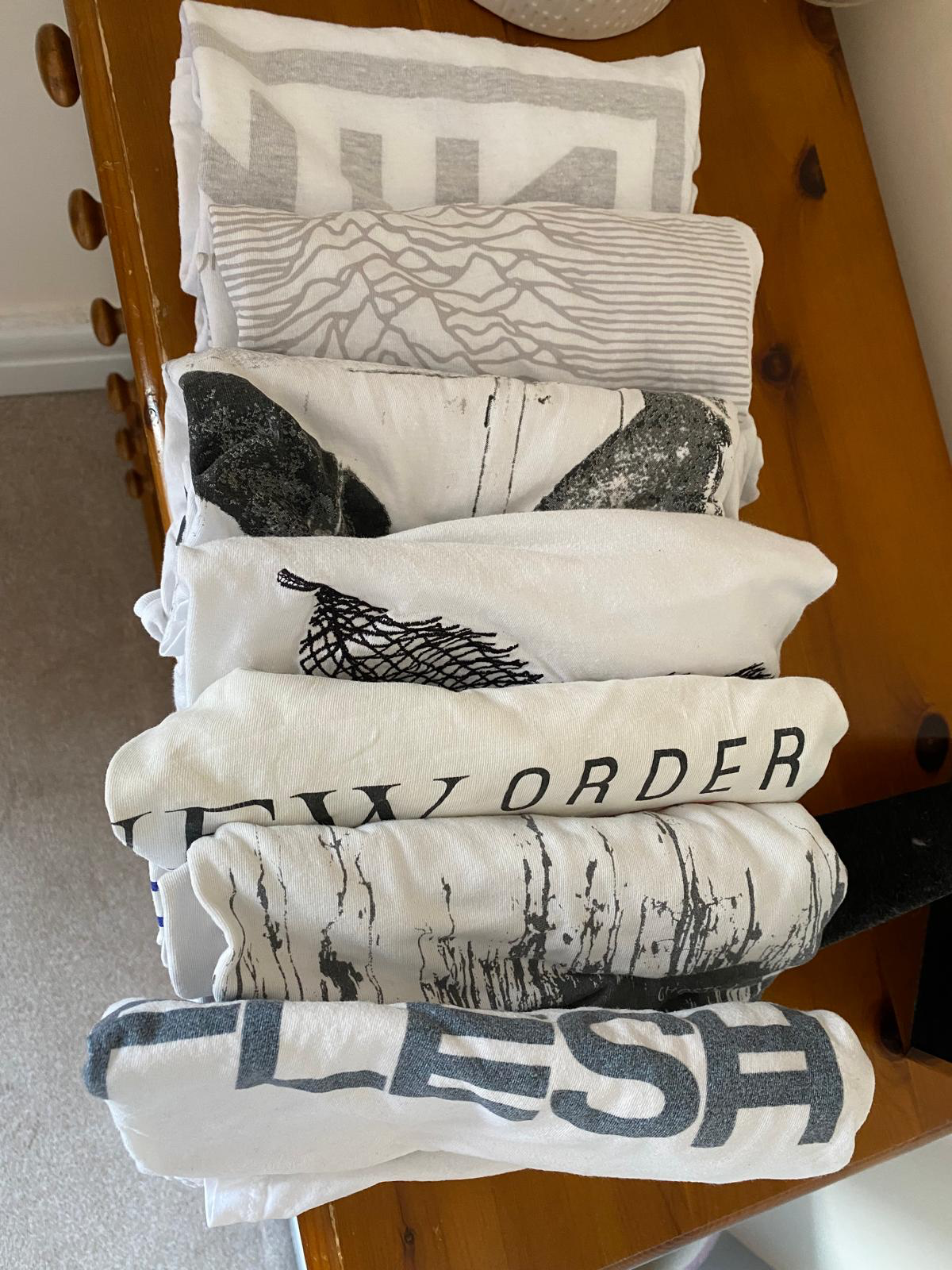I can hardly believe it’s been a decade since Pratchett died. I might start a partial re-read of discworld.
@Mycroft @NanoRaptor isn’t that a skinny puppy song?
@GyrosGeier @cstross @MishaVanMollusq I don't know if Hamilton has any connection to the localities connected by the (real) A1(M), but when "The Great North Road" came out he did a double-act signing tour with Stephen Baxter, who (probably coincidentally) does.
@GyrosGeier @cstross @MishaVanMollusq I’m utterly convinced that book references the A1(M) deliberately.
@purpleidea does that component still use bugzilla? I thought everything moved to JIRA
@mirabilos For the Moon project, IDK. I might prefer not to rule myself out ;) Also, did it actually land in the end? I can't recall
Pleased to discover the Journal of Functional Programming has an rss (or atom) feed https://www.cambridge.org/core/journals/journal-of-functional-programming
Got a problem on my VPS where the https logs are suddenly much larger. Without looking I’m pretty sure what the culprit is
@inthehands while you’re sleeping, your Tesla on autopilot will go and collect refugees from the Mexican border and transport them to safety in the US
the RNG gods have looked down on me favourably. Got two exotics in the current expedition so far #nomanssky
@chrisamaphone I’m 30% through it atm
My Fediverse instance was down over the weekend, I'm glad it's back! A good reminder to back up my data.
@anticdent @elmiko @ruivieira oh dear the thread has steered back into my wheelhouse!
I've got plans to further improve the JVM's behaviour in container environments, hopefully I'll carve out time to work on them in the near future. The problem is partially accounting for other processes (e.g. readiness probes, liveness probes) that might be occasionally launched in the same cgroup, so we can't eat 100% of the memory limit. Gauging what % is tricky
I've got plans to further improve the JVM's behaviour in container environments, hopefully I'll carve out time to work on them in the near future. The problem is partially accounting for other processes (e.g. readiness probes, liveness probes) that might be occasionally launched in the same cgroup, so we can't eat 100% of the memory limit. Gauging what % is tricky

